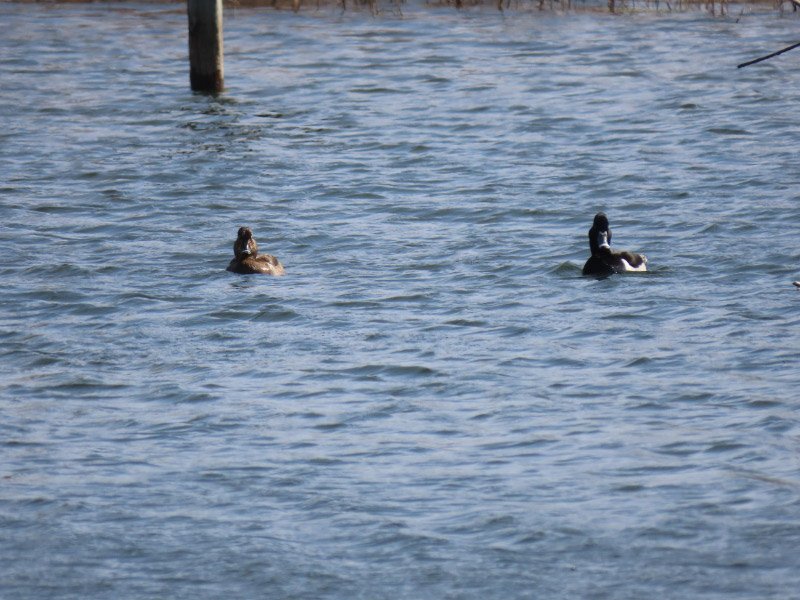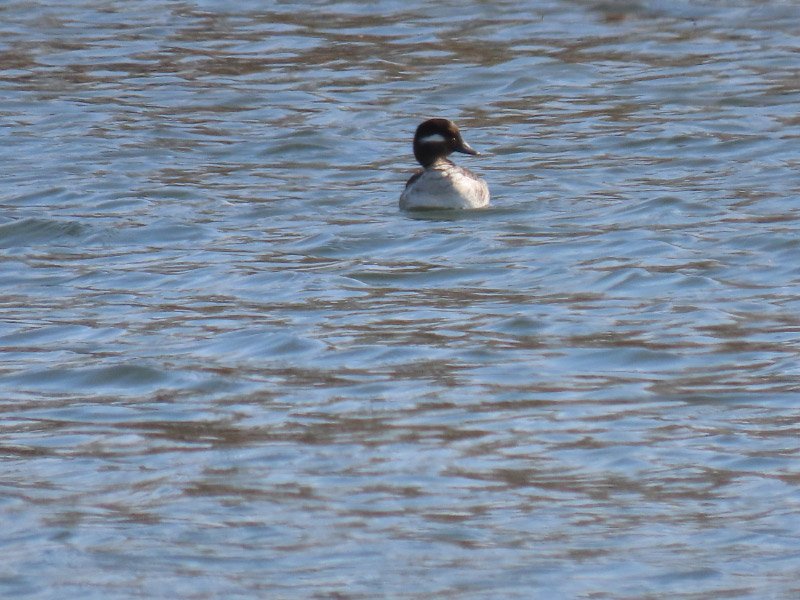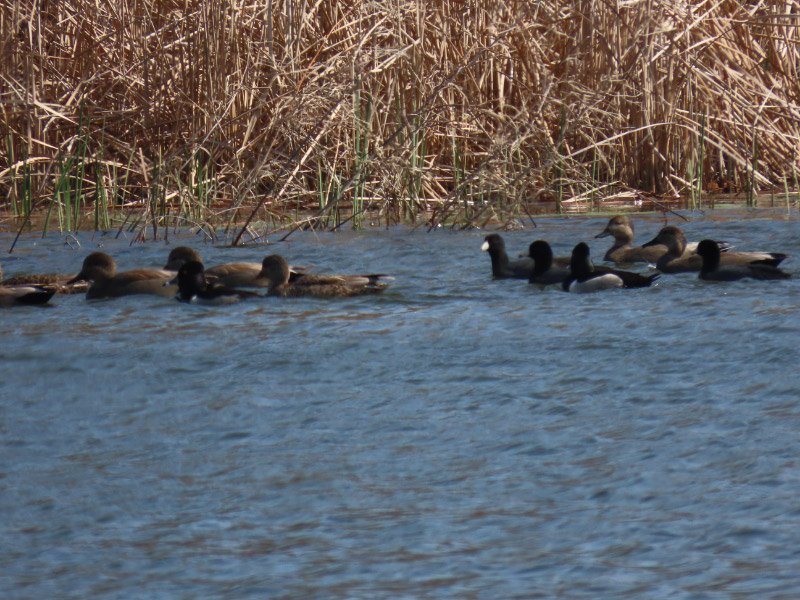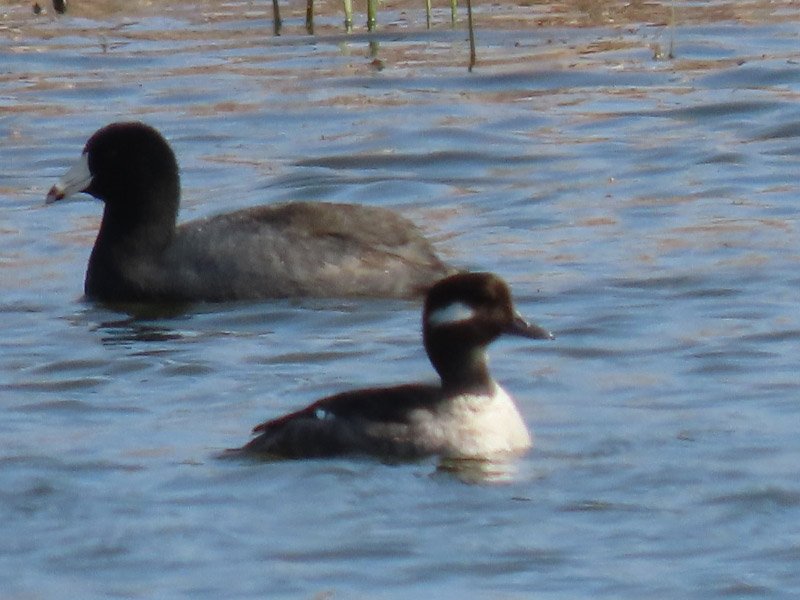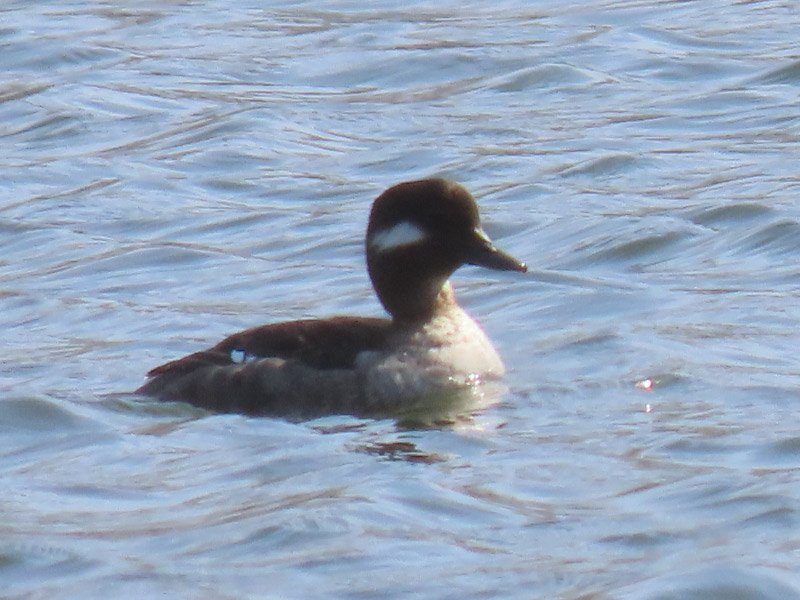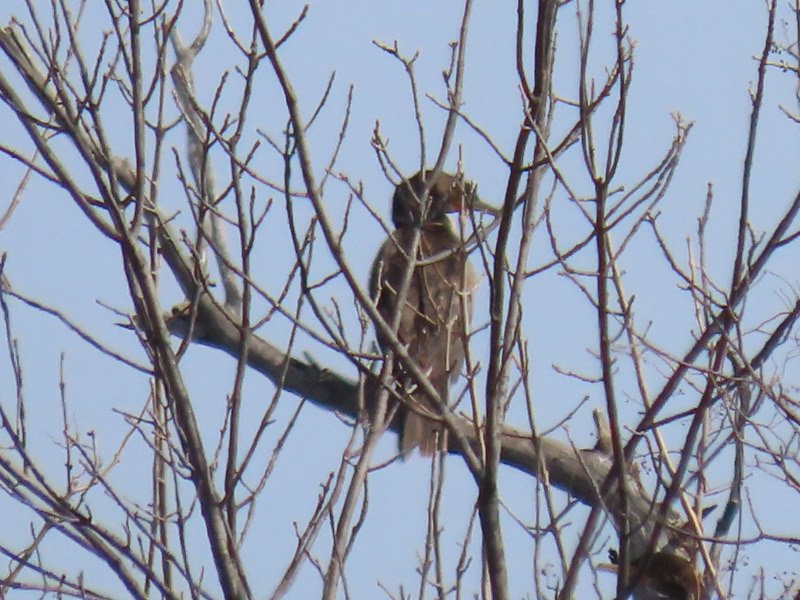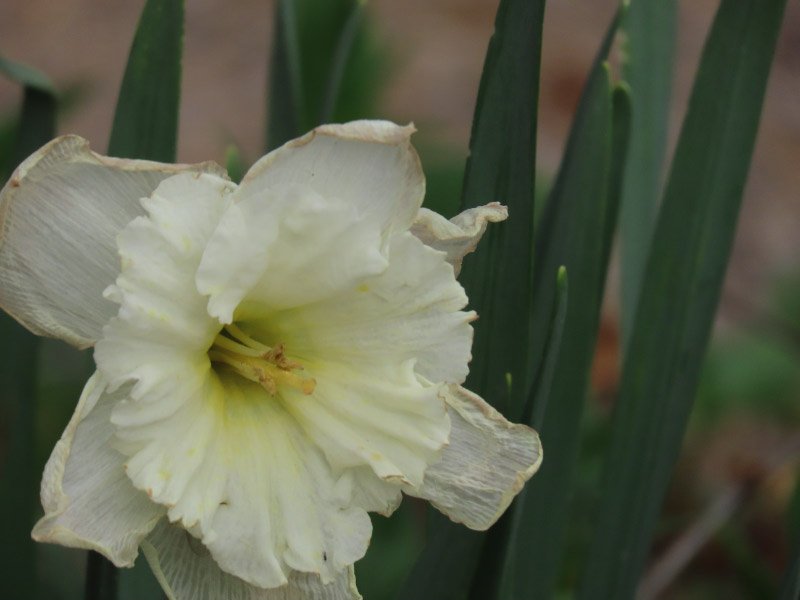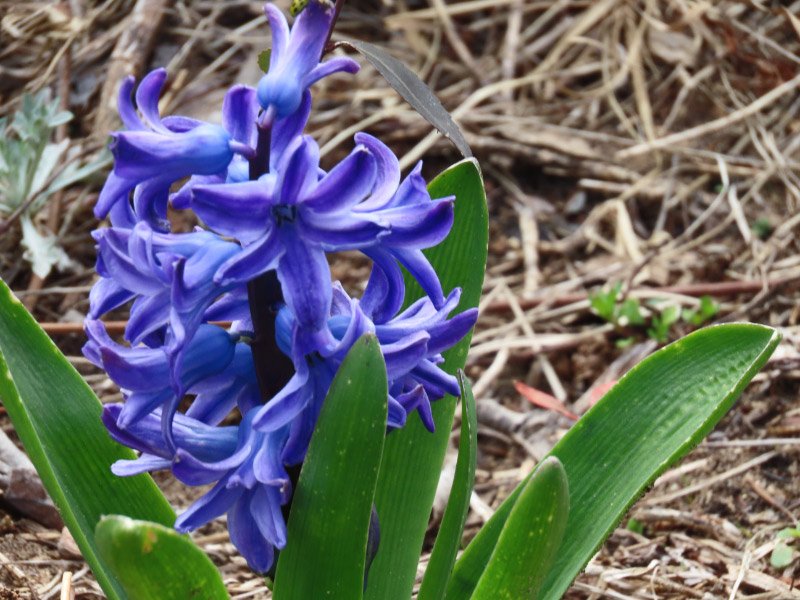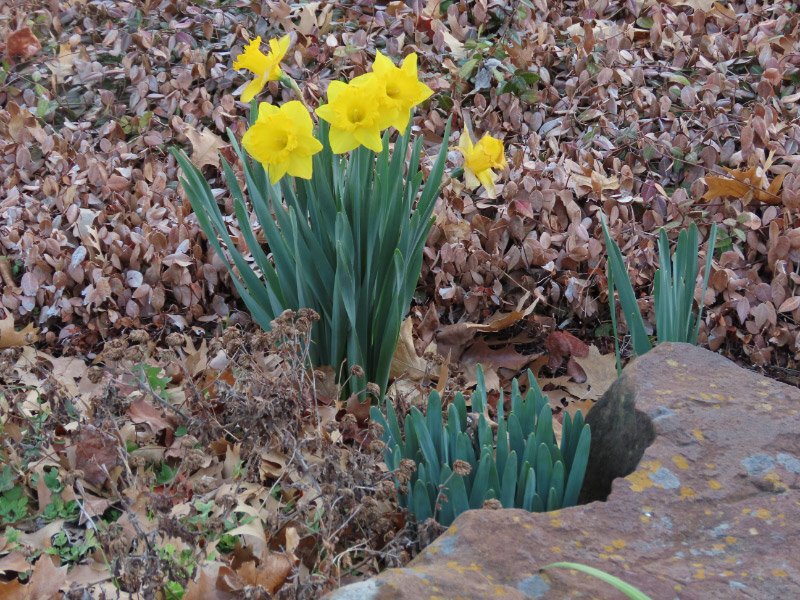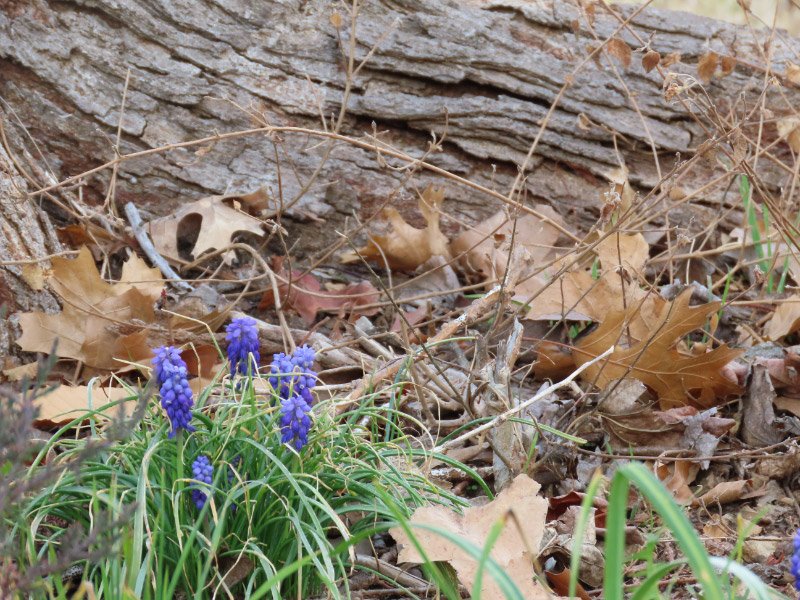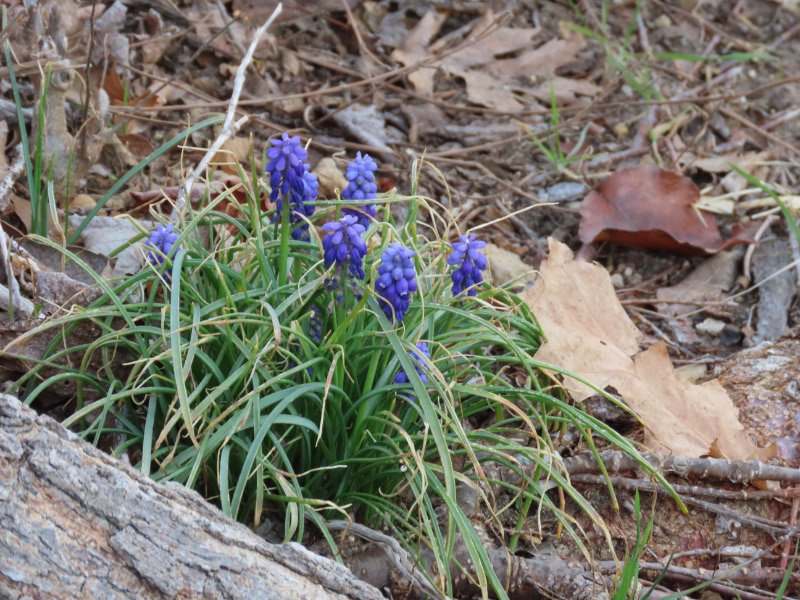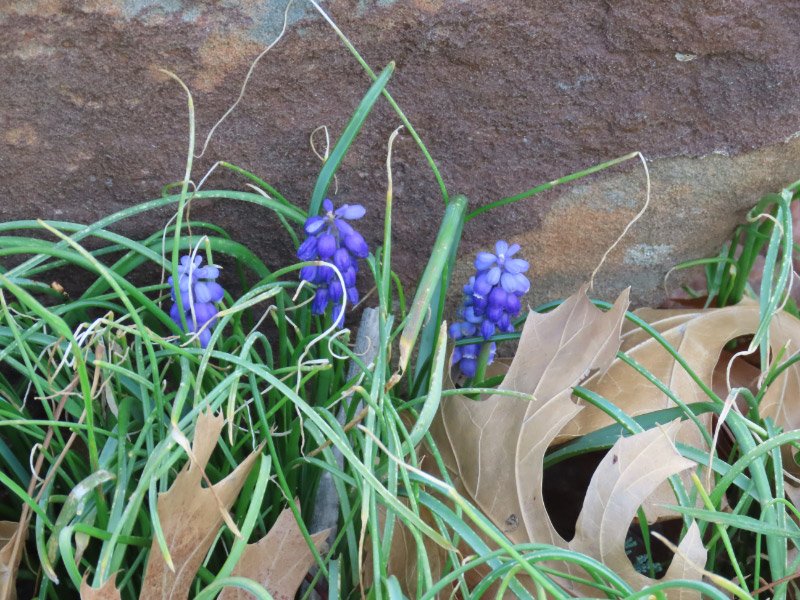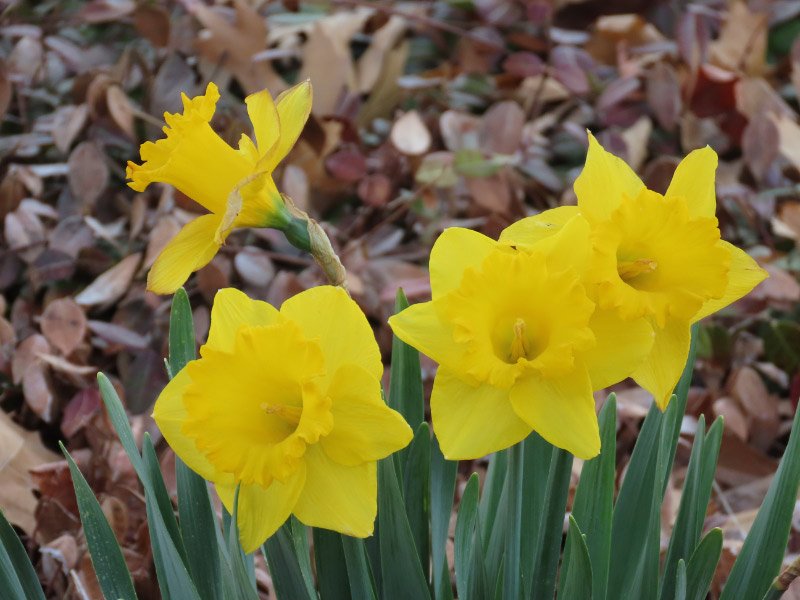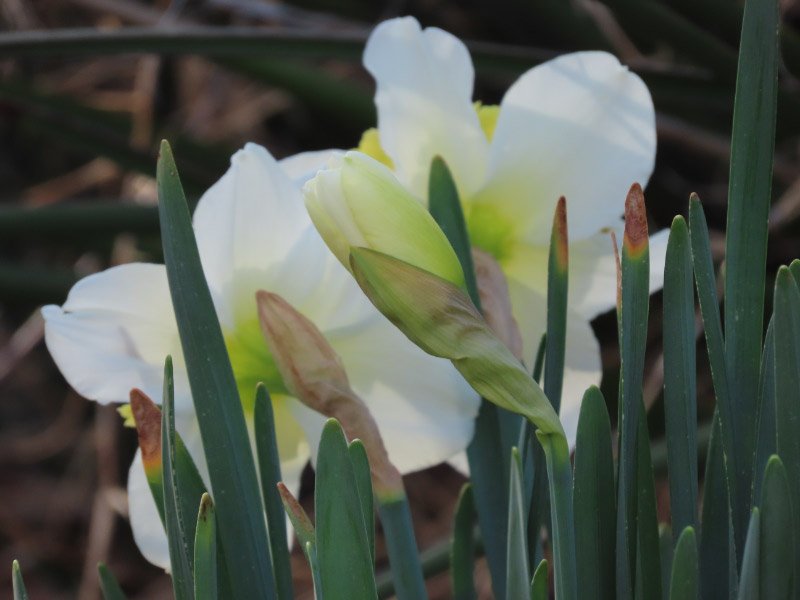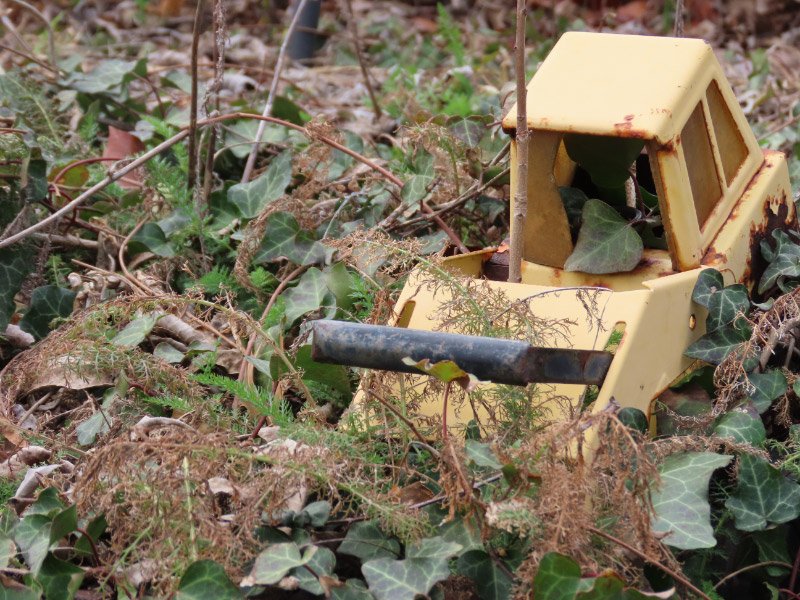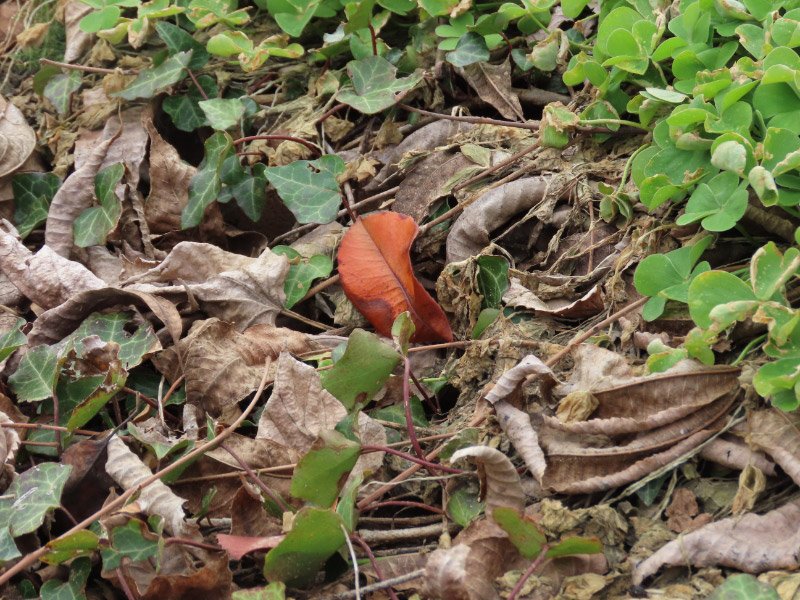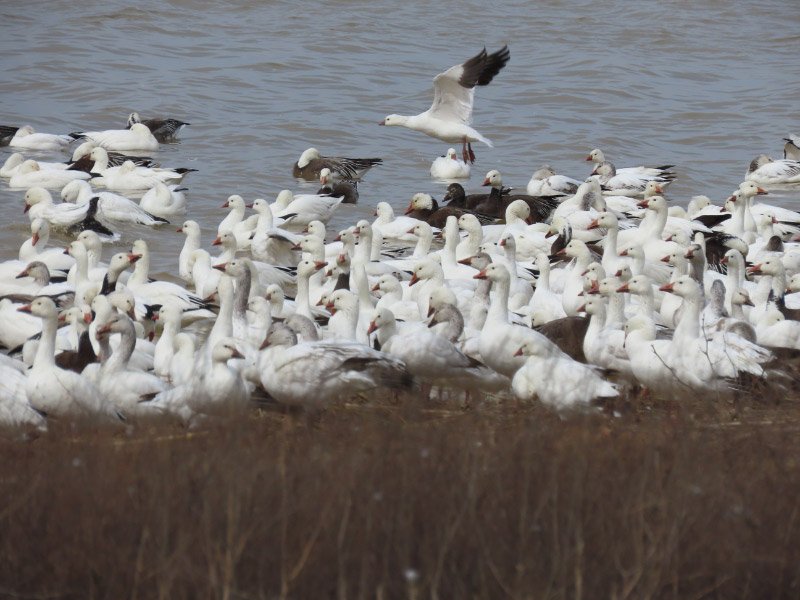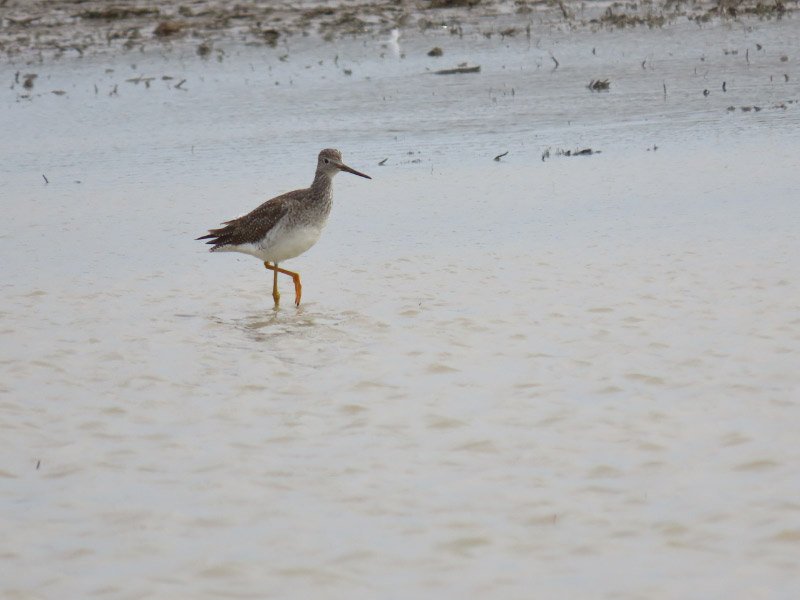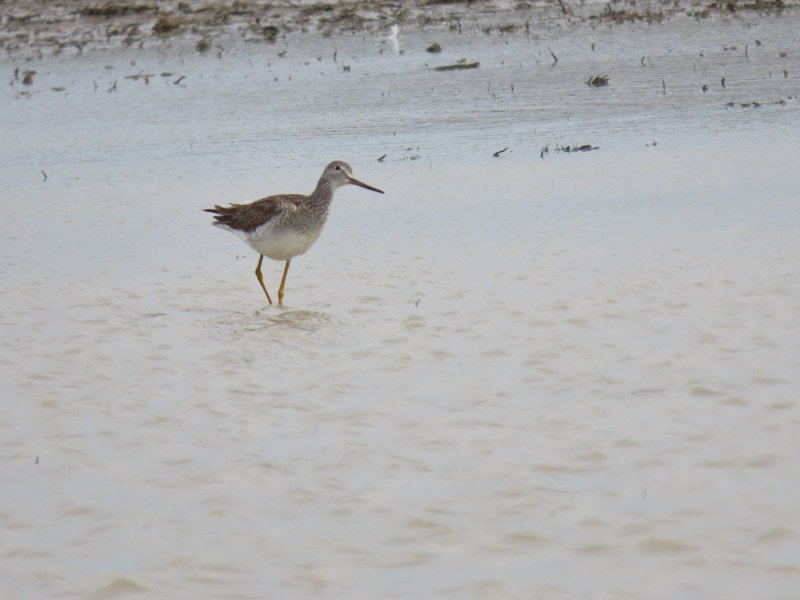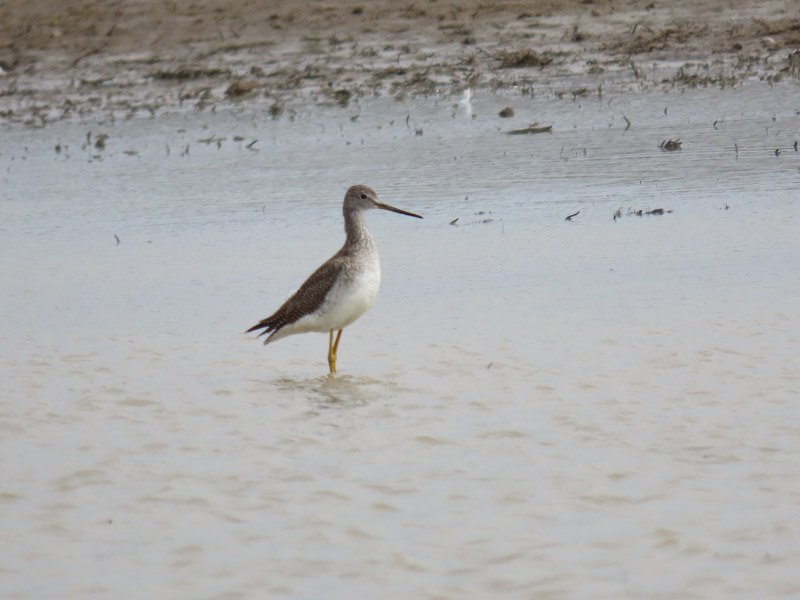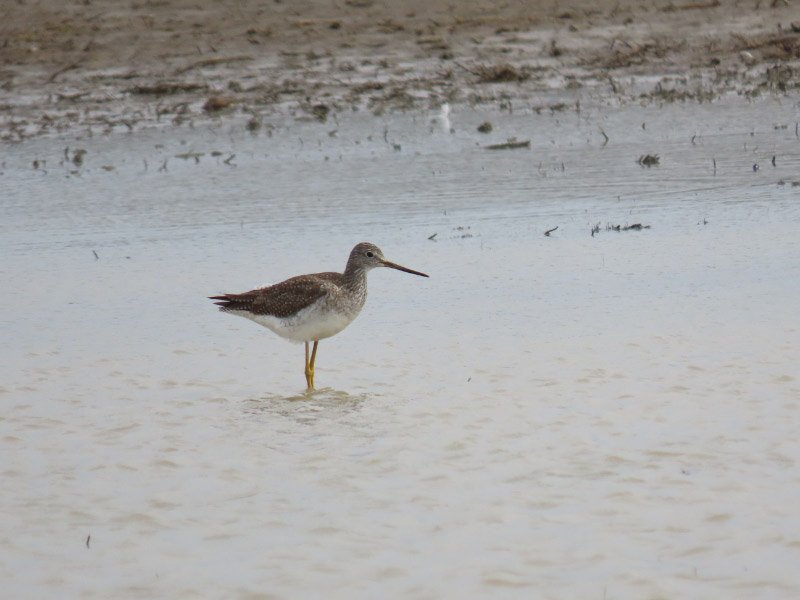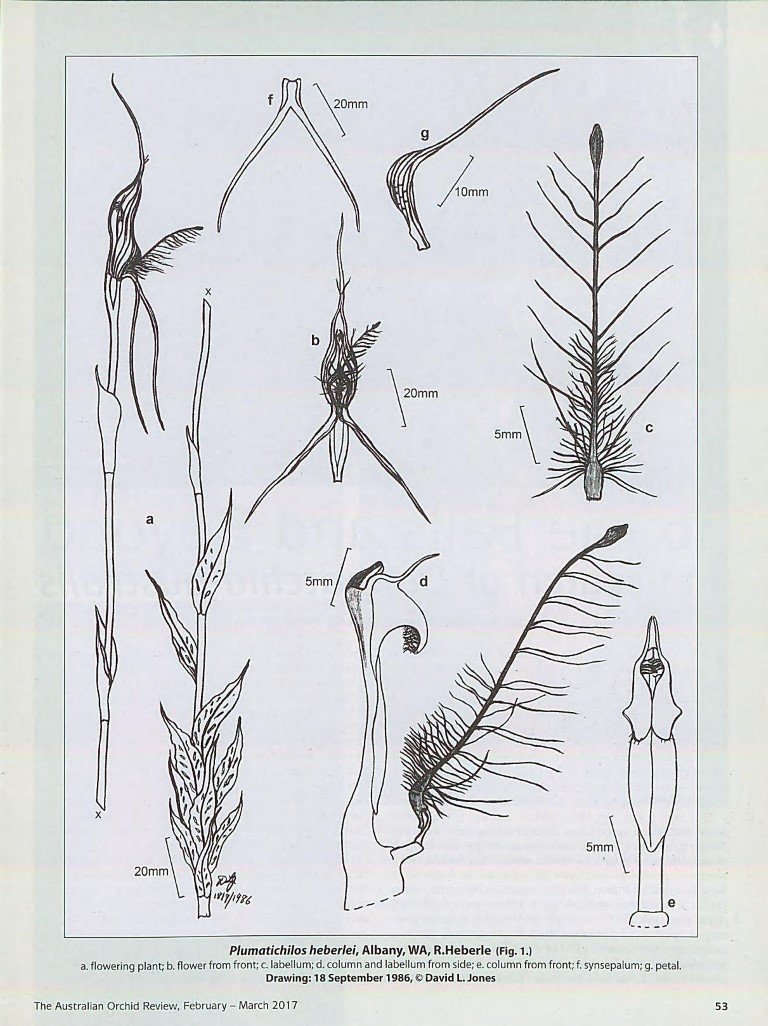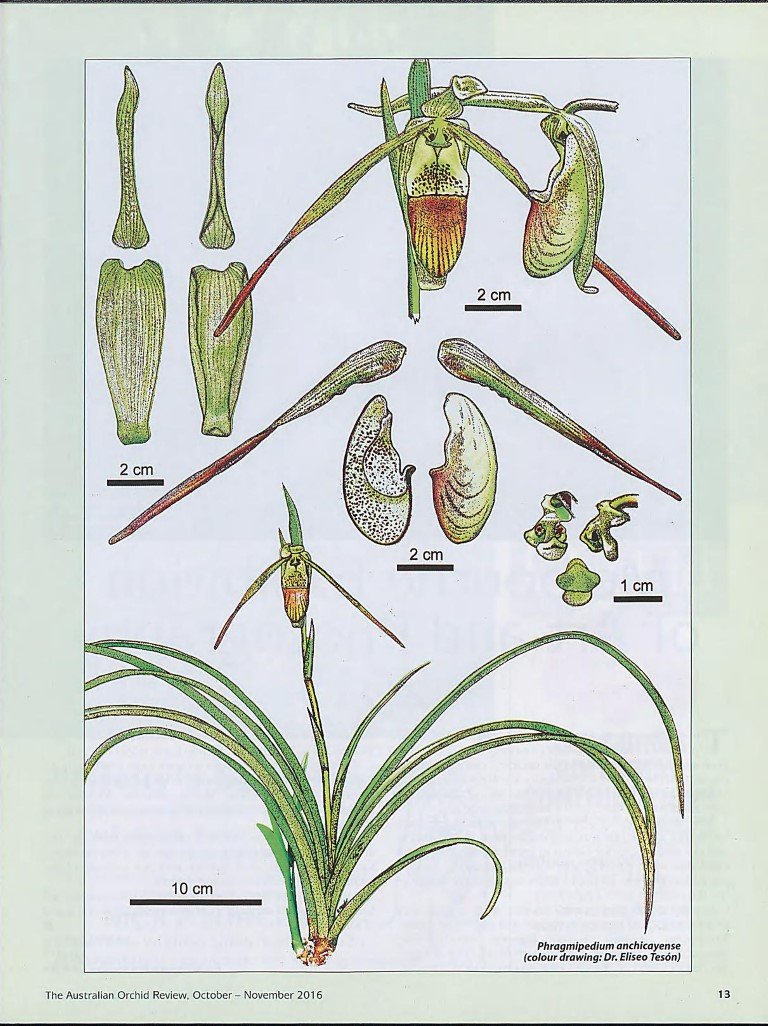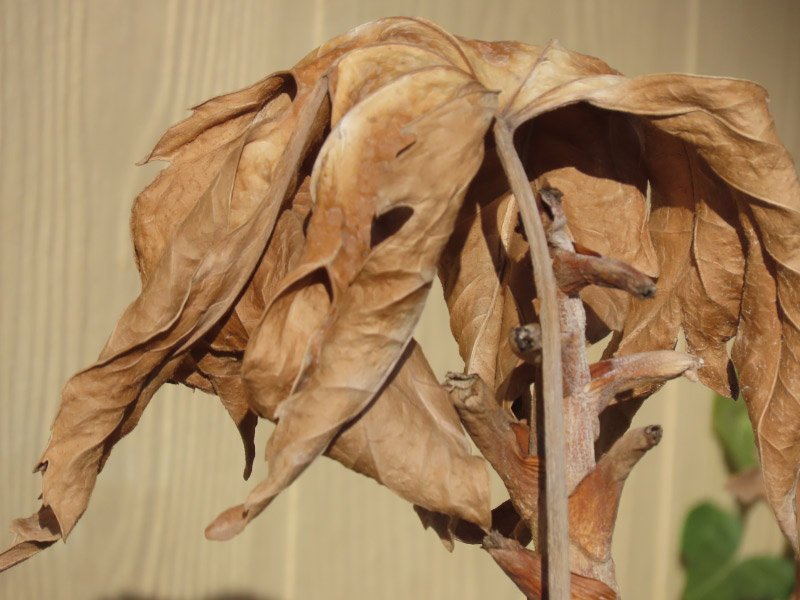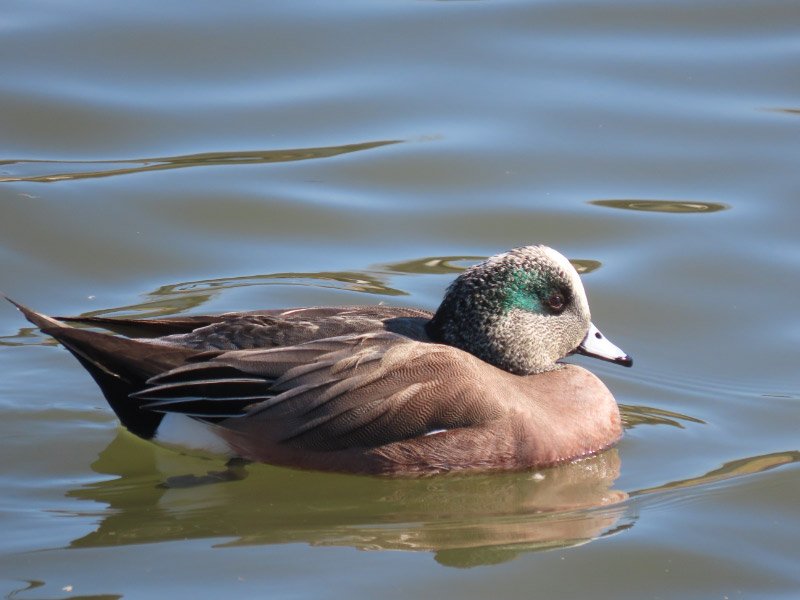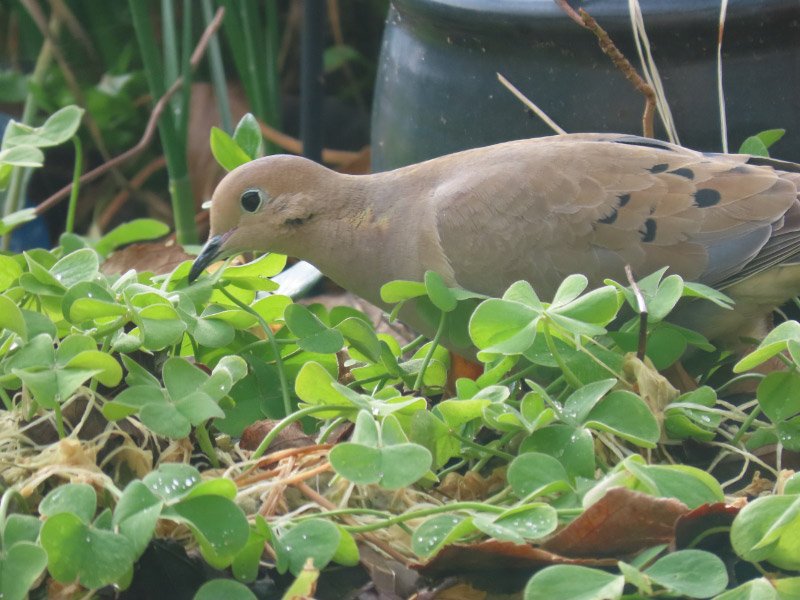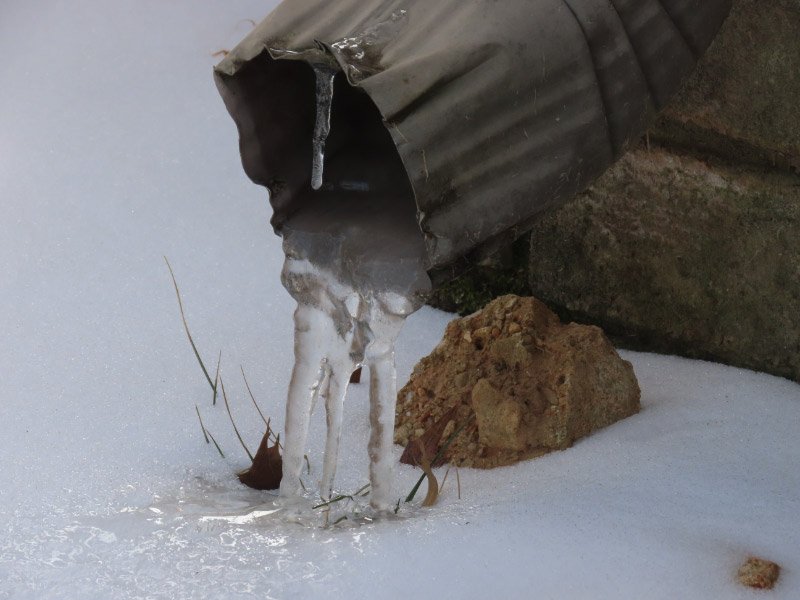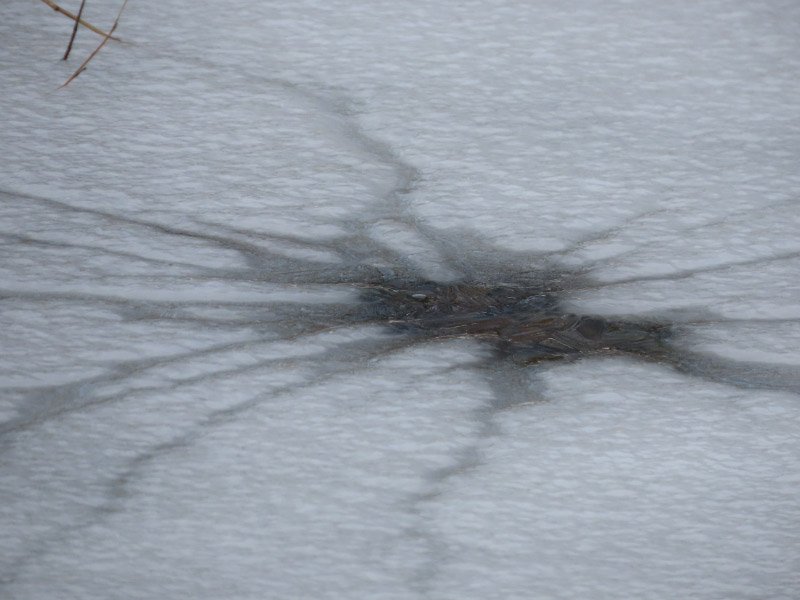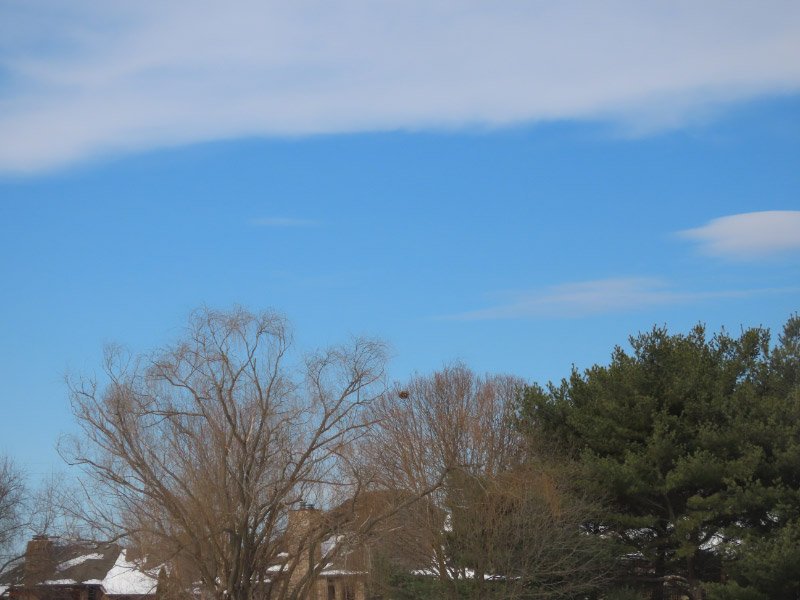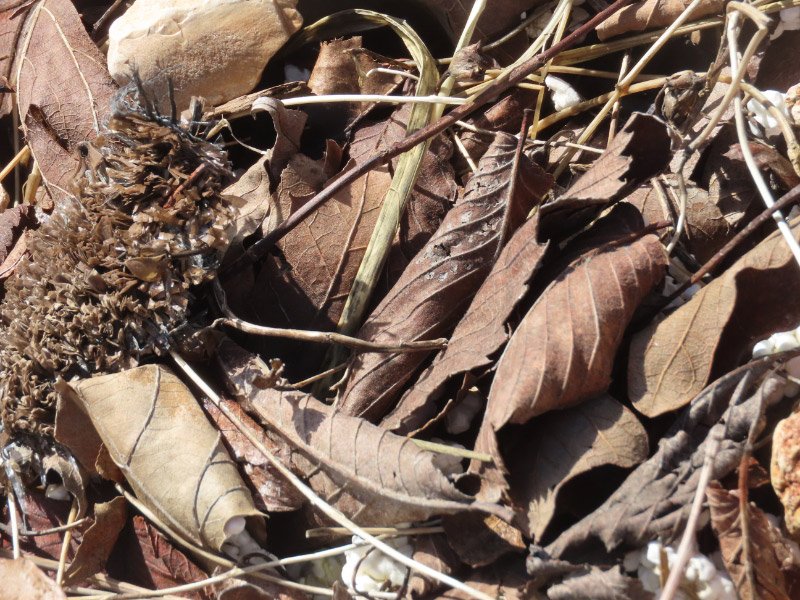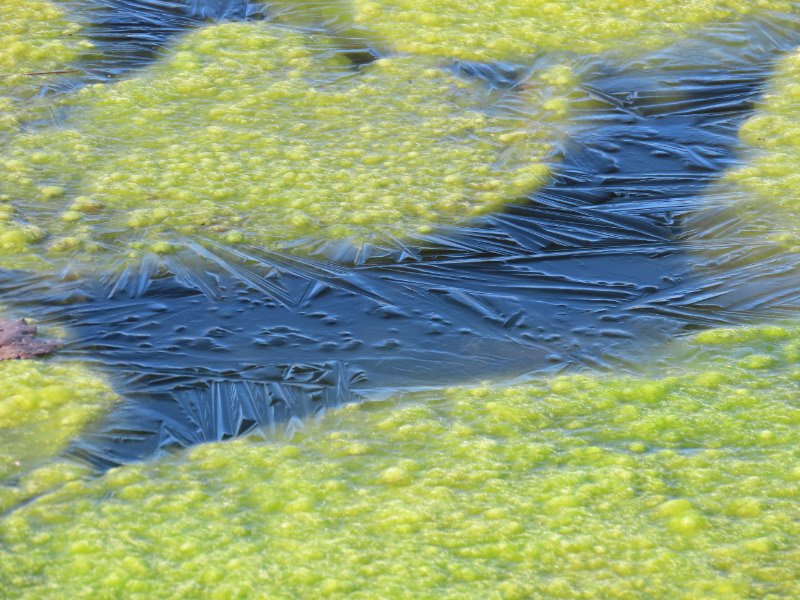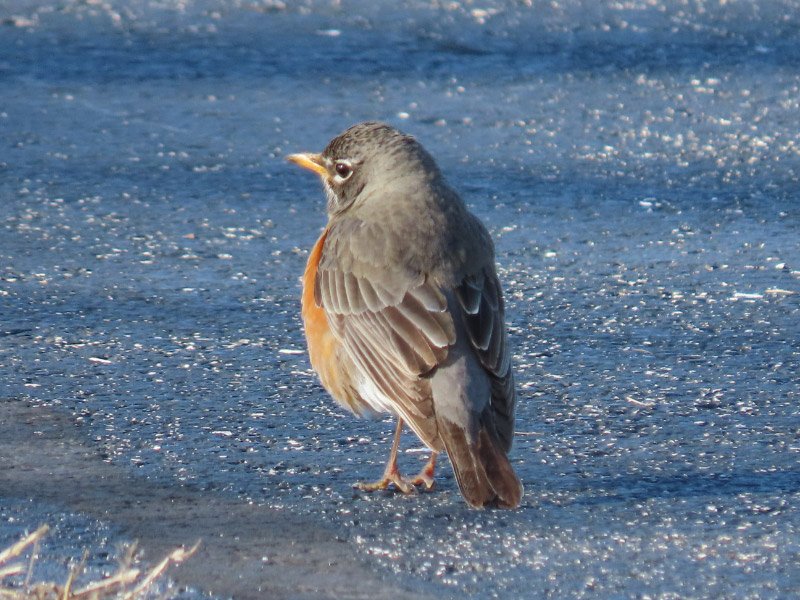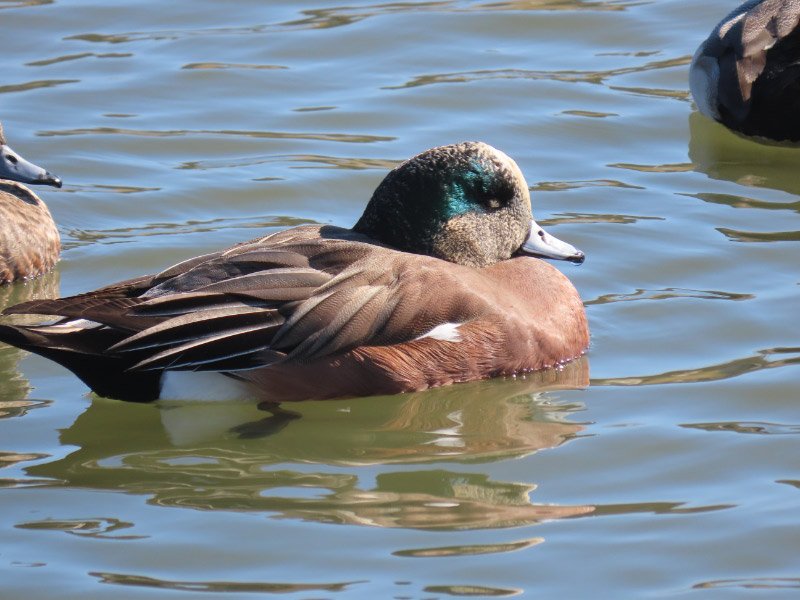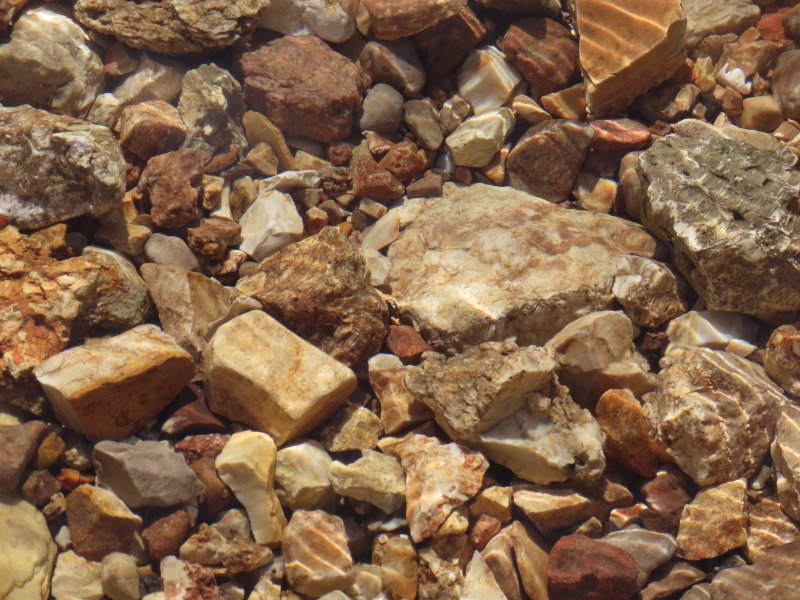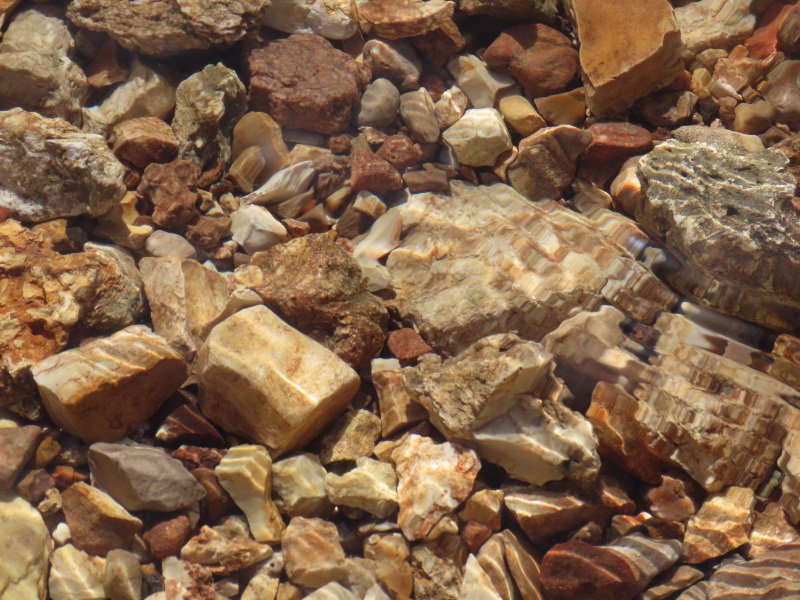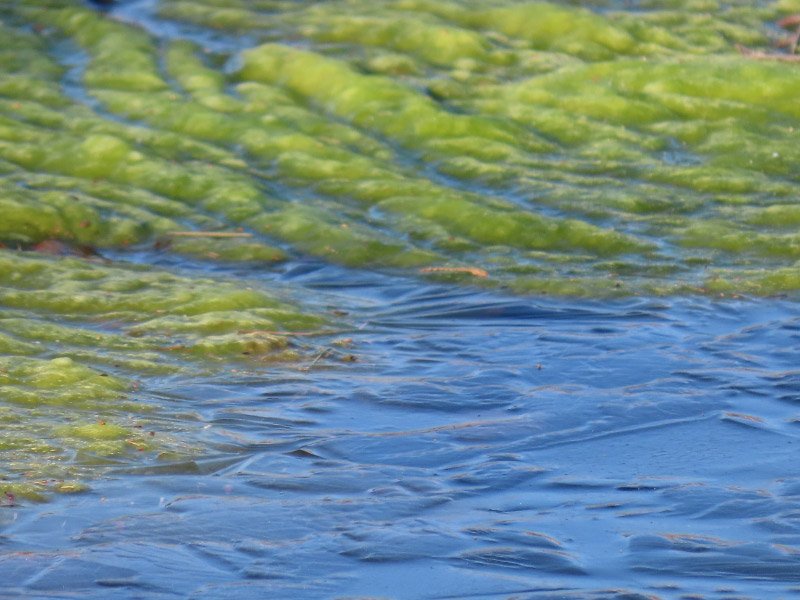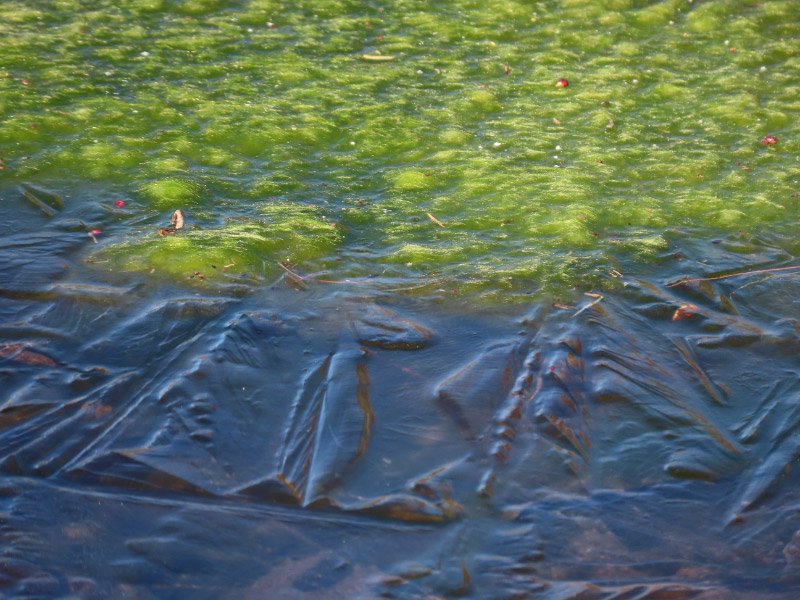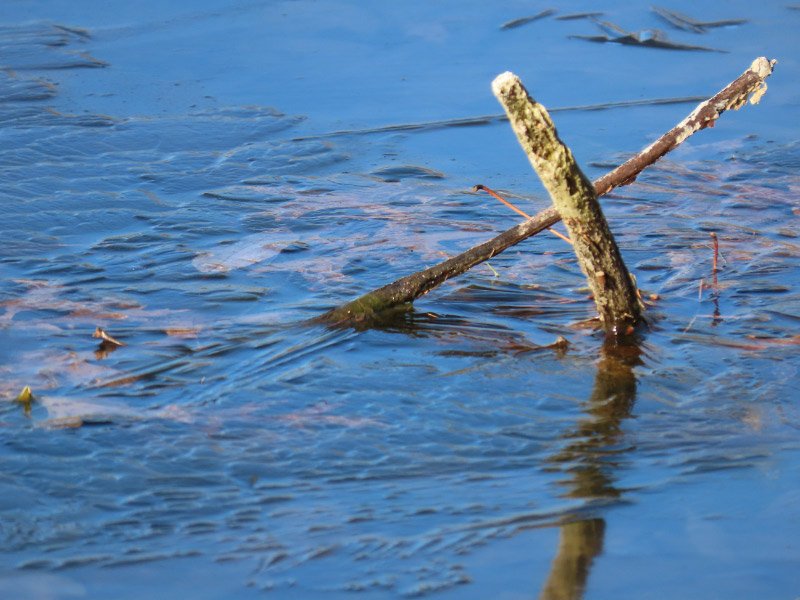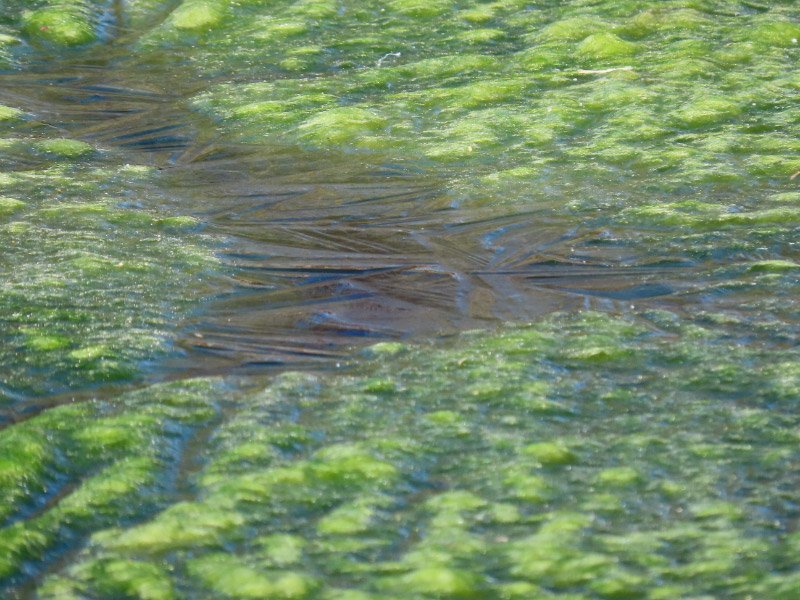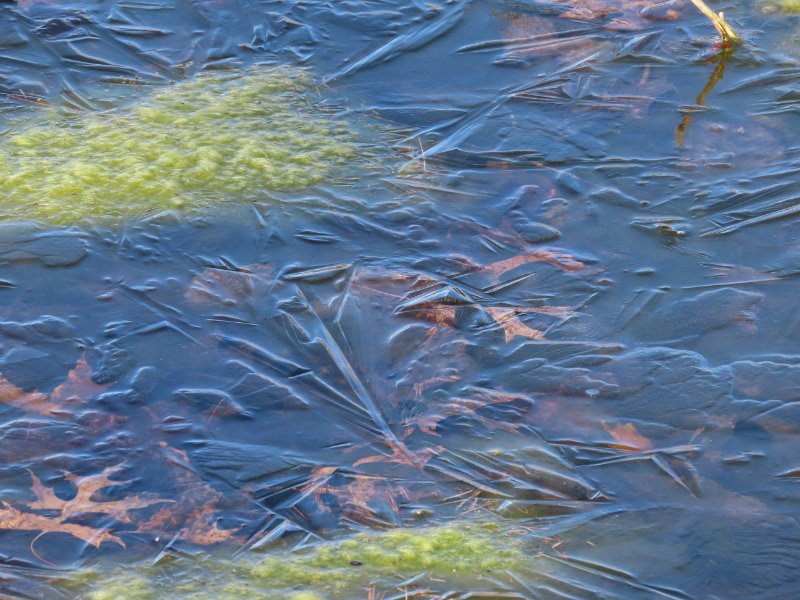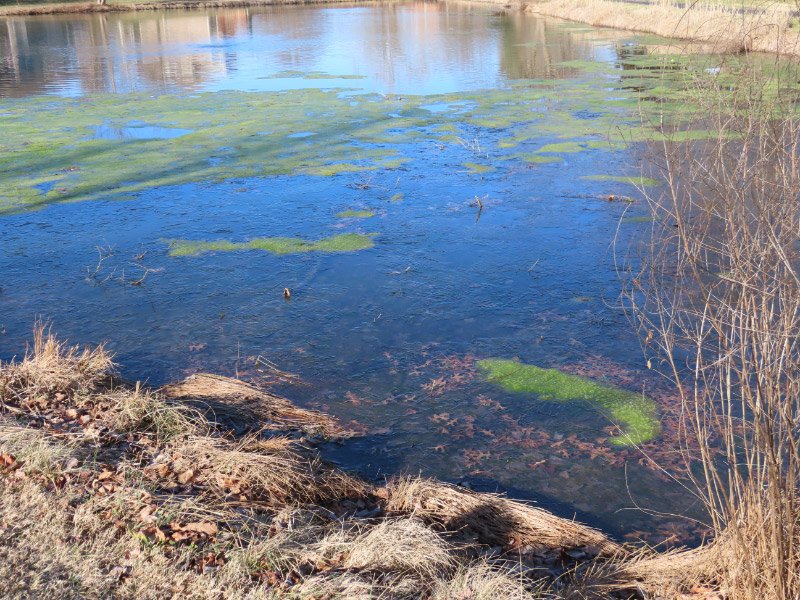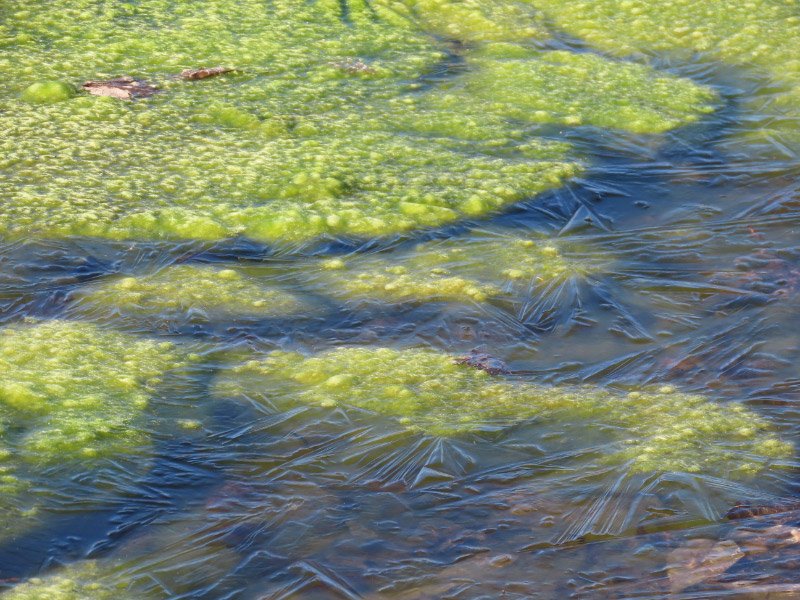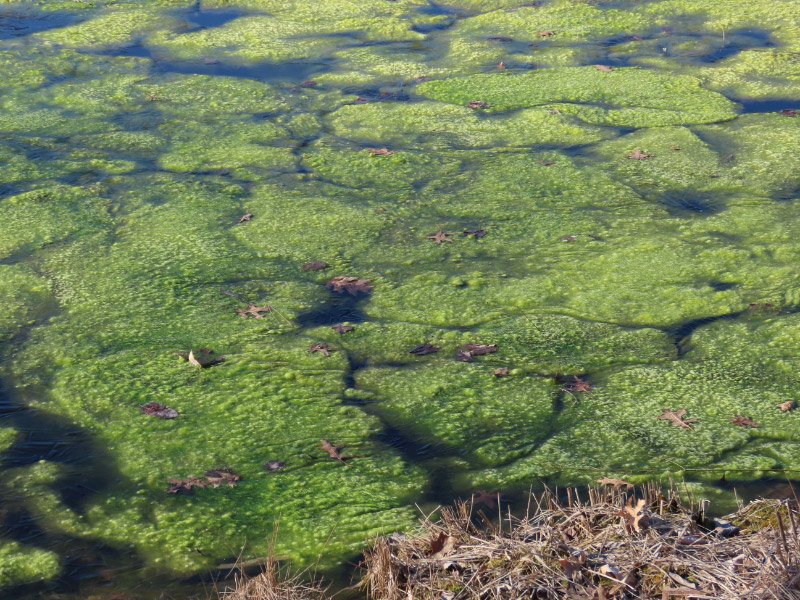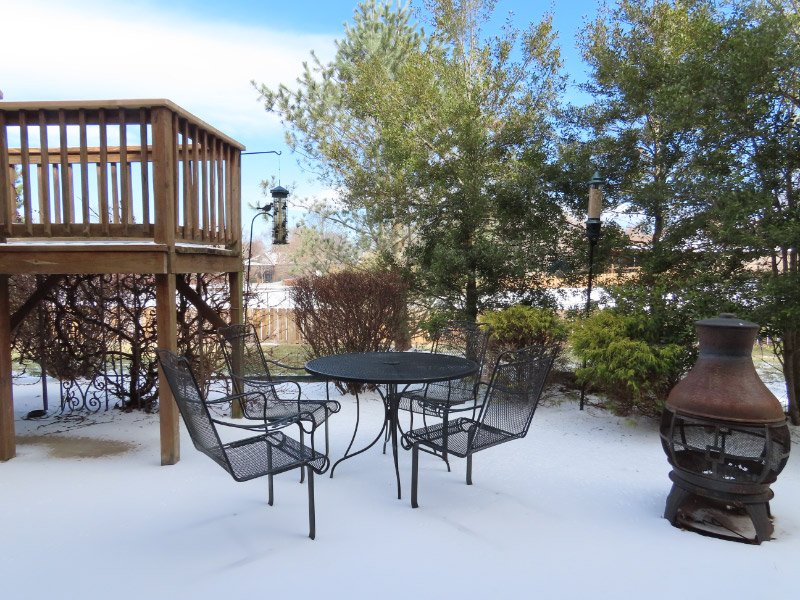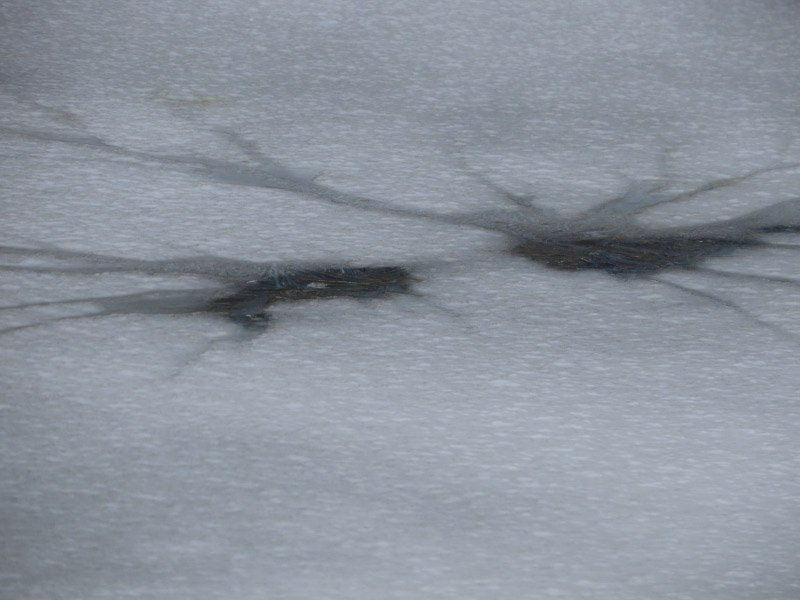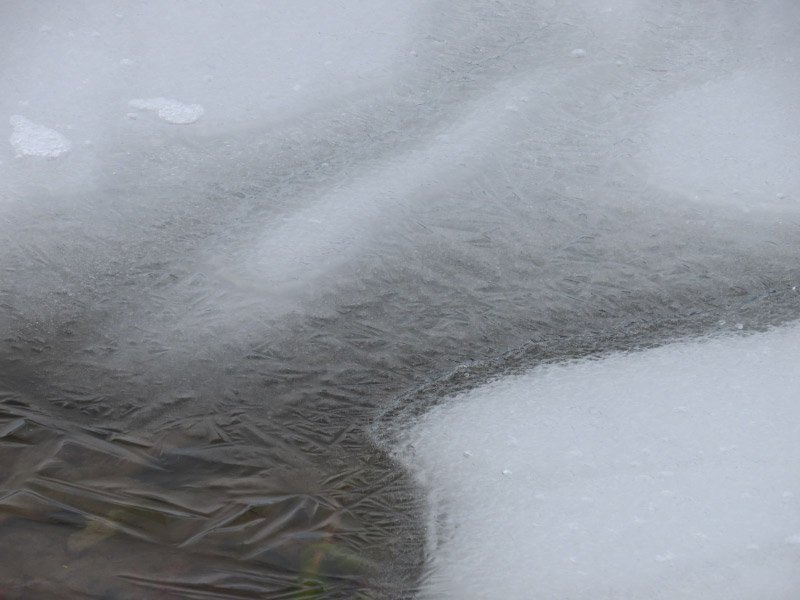Gleanings of the Week Ending March 11, 2023
/The items below were ‘the cream’ of the articles and websites I found this past week. Click on the light green text to look at the article.
800-year-old hoard unearthed in northern Germany – The picture of the earrings made me wonder how they were worn…and what stones once were held in the empty enclosures.
Firewood theft: The forests where trees are going missing – Evidently it is happening around the world…maybe caused by increasing heating costs and/or other fuels not available after a disaster or during a war.
Bald Eagles aren’t fledging as many chicks due to avian influenza – Oh no! I had gotten used to seeing bald eagles frequently near where I lived in Maryland. I had assumed that I didn’t see as many in Missouri because I didn’t know where to look – but it could have been that there are fewer birds to see anywhere.
New thought on Chaco Canyon Construction – A demonstration of how the timbers for building the complex structures at Chaco Canyon could have been carried the 60 miles from where the trees grew.
Sustainable process to produce vanillin from lignin makes further progress – Making the popular flavoring agent from lignin (a waste product from the wood pulping industry) rather a chemical process using petroleum.
Quilts from the Second World War tell the stories of the Canadian women who sewed them – A little Canadian history…the spirit of giving during a stressful time…sending artful warmth. Quilts have always appealed to me because they are functional art. My great-grandmother (in the US) made wedding quilts with/for her 5 daughters in the 1930s and 1940s…and now one of my sisters is talking about quilting being something she plans to do when she retires.
More Than Half Of New US Electricity Generating Capacity In 2023 Will Be Solar – Good! Evidently California and Texas are the states adding the most solar capacity.
Archaeologists Find Elite Residences at Mexico’s Chichén Itzá – Prior to this discovery, experts didn’t know any residential structures! What they found was a complex…two houses and a palace.
Air pollution speeds bone loss from osteoporosis – A study of a diverse cohort of over 160,000 postmenopausal women. The study found that nitrogen oxides are a major contributor to bone damage and that the lumbar spine is one of the most susceptible sites to this damage. This is another reason to improve air quality!
Photography In the National Parks: Capturing Atmospheric Phenomena – Being in the right place…noticing atmospheric phenomenon…and capturing the image. It reminded me of a trip we made back in 2007 to Cumberland State Park in Kentucky where we saw a moonbow; maybe we should go again!


